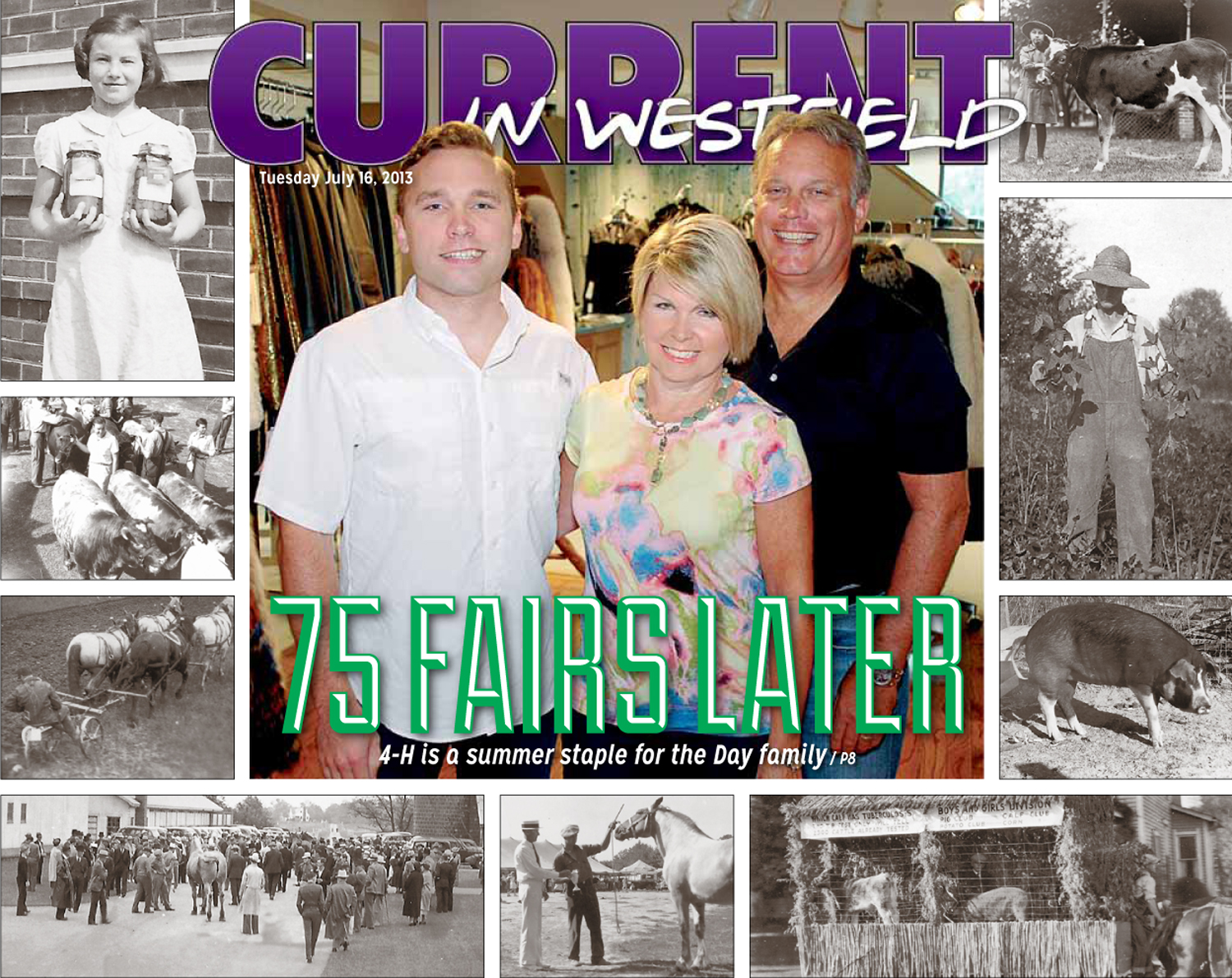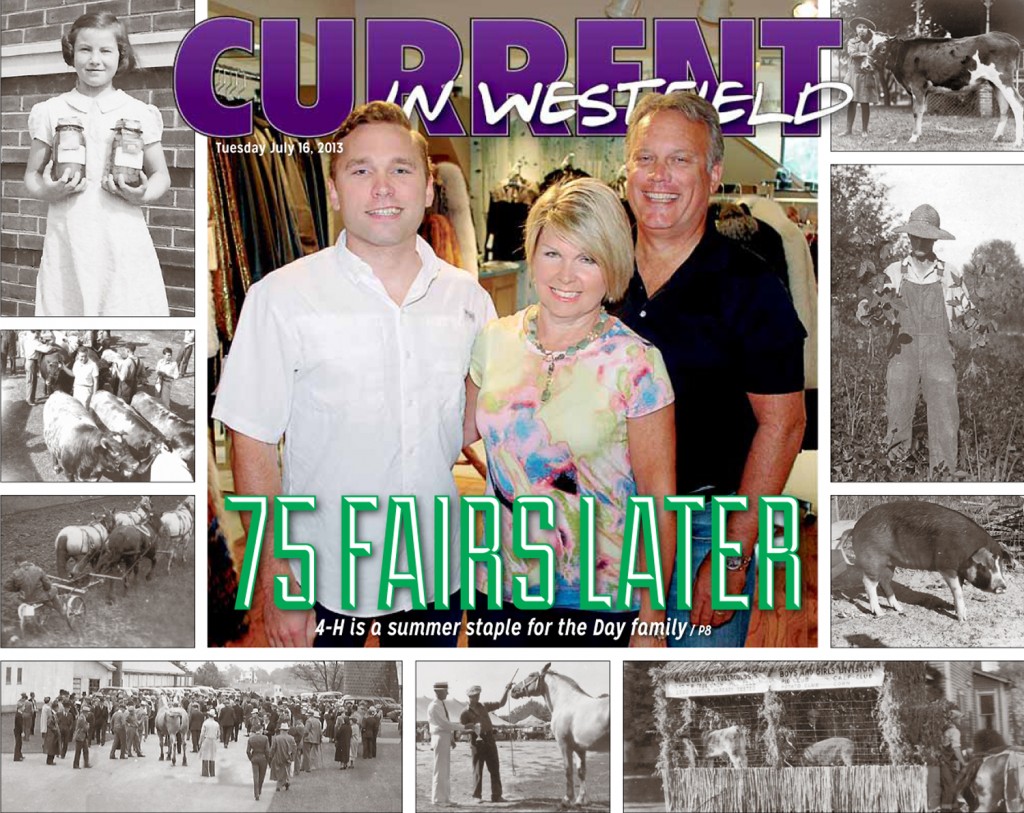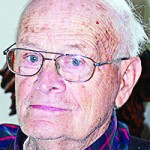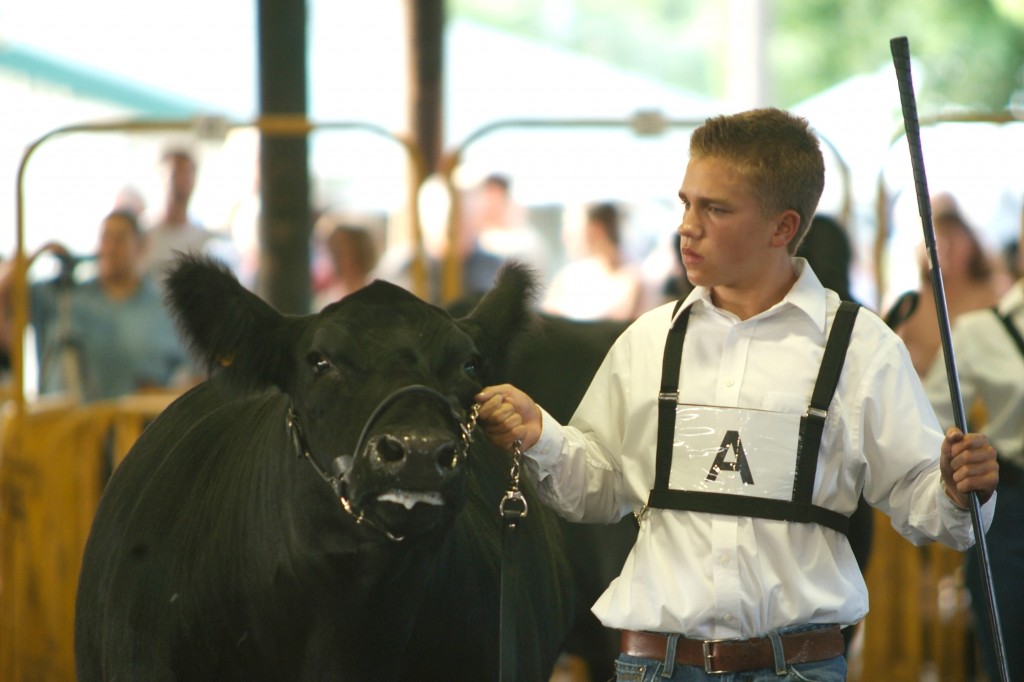Longtime residents share stories of 4-H program from its beginnings
Hamilton County Supt. of Schools John F. Haines organized the earliest Indiana boys corn club meeting of record on April 9, 1904. Ninety-three boys enrolled in that first corn club and each was given 1,200 kernels of corn for his project. At the end of the year members exhibited their corn in the courthouse walkways.

From this beginning of one project, the interest and growth of 4-H has increased to more than almost 2,000 youth in Hamilton County and more than 68 projects.
Paul Woodward’s family moved to Hamilton County in 1932 when he was 7. Woodward, now 87 and living in Noblesville, and his older brother joined the Fall Creek Township 4-H Club led by Newell Hurlock and his wife in 1935.
During his first county fair, Woodward remembers the hogs were in tents on Logan Street in downtown Noblesville and cattle were sheltered in a livery stable, where the Hamilton County Judicial Center now is located. The women’s clothing exhibits were displayed in the Armory.
 “There were no livestock sales and most of the projects were directed toward rural families.” he said. “In October, corn and crops were judged in the hallways of the courthouse.”
“There were no livestock sales and most of the projects were directed toward rural families.” he said. “In October, corn and crops were judged in the hallways of the courthouse.”
The first Hamilton County 4-H fair was held three years later in 1938 at Noblesville’s Forest Park.
“It was an idea that grew statewide and countywide to get more people participating,” Woodward said. “A bigger group of farmers got involved and really made a fair out of it.”
Woodward still remembers that first 4-H fair and said times were different during the “horse and buggy” days.
“The horse shows were pulling horses. There were lots of cattle and hogs but not very many sheep or goats at that time. Crops were shown in the fall and the girl’s projects were mainly cooking and clothing,” he said.
The county fair was held at Forest Park in 1936 and 1937. In the following years it moved around the county and was held in Sheridan, Walnut Grove, Carmel, Arcadia, Noblesville and Westfield. The 4-H fair moved out to the present 4-H fairgrounds on Pleasant Street in Noblesville in 1948. Monte Jessup donated 2.5 acres for the fairgrounds. At that time it was an airport. The Hamilton County 4-H Council purchased 12 acres more land from Jessup.
The 4-H Council raised more than $40,000 through donations, which they used to construct the current O.V. Winks building and the first Swine Barn, now used for small animals and horticulture exhibits.
“The tax laws in the 1940s prohibited using tax money to build 4-H buildings and grounds. Those laws were changed in the early 1950s,” Woodward said. “The other buildings were added when the 4-H Council was able to raise donated money to pay for these buildings.”

Helen Musselman, 98, has been involved with the Hamilton County 4-H program for 77 years. She’s attended every fair except for the past five after she broke her hip.
“I love the enthusiasm kids have. They want to do things right. They help each other. To me, 4-H is the most wonderful organization there is,” she said. “I try to encourage everybody to belong to 4-H. They didn’t run the streets or get into mischief. They learned by doing and had to complete projects.”
Musselman started as an adult volunteer in 1936 when she moved back to Noblesville, where she was born, after living and going to school in Detroit.
“My sister belonged to 4-H so I took her there. We were a group of country women that became a homemaker’s extension club, and we all were really active until we got old,” Musselman said. “We had a lot of fun in a lifetime. It’s been a lot of work, but its fun. I wish I was still active. If I get my legs to work, I still will.”
Musselman said the girls clubs specialized in home economics topics, but were not strictly sewing and cooking or baking. She said other skills included making soap, redoing furniture, canning food at churches, etching glass and cross stitch.
“It made better homemakers, a way of life for country kids,” she said. “It kept the family together. They do things together, and they show cattle together. They work together and help other children with their projects.”
Through her years of service, Musselman said the biggest difference is people.
“Back then, church and club was the only thing we had. Today, kids have all kinds of sports and activities and women are busy or working,” she said.
Musselman has been married to her husband, Wayne, for 75 years. Together, they have six children, 22 grandchildren, 36 great-grandchildren and seven great-great-grandchildren. The 4-H tradition continues in the family and Musselman’s great-great-granddaughter, Hailey Musselman, 8, will show beef cattle at this year’s fair.
“I’ll probably have a heart attack when she gets out there leading that great big steer,” Musselman said.
Former 10-year member John Peterson said the county fair has become a little more commercialized since his last year in 1975.
“It used to be there was a Junior Leader booth and Extension Homemaker’s kitchen to get your food and drink,” he said. “There was a screened in area with picnic tables.”
With two daughters currently in 4-H, Peterson said the number of livestock projects has also decreased since his time.
“The main reason is the expense of it,” he said. “We’re a more urban county.”







